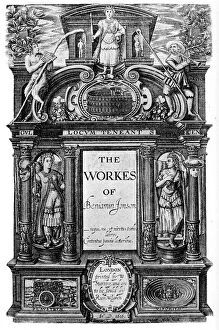John Richard Green Collection (#3)
"John Richard Green: Unraveling the Tapestry of History" Step back in time to the 15th century as we delve into the life and legacy of John Richard Green
For sale as Licensed Images
Choose your image, Select your licence and Download the media
"John Richard Green: Unraveling the Tapestry of History" Step back in time to the 15th century as we delve into the life and legacy of John Richard Green, a remarkable figure who left an indelible mark on English history. Known as Warwick the Kingmaker, this nobleman and soldier played a pivotal role during one of England's most tumultuous periods - the Wars of the Roses. Transport yourself to that era with an intricately detailed map from 1893, depicting the battles and power struggles that defined this turbulent time. As you explore further, discover a seal belonging to Robert the Bruce, King of Scotland in the 14th century; a testament to Green's fascination with historical artifacts. But it was not just medieval history that captivated Green's imagination. A chart from 1893 reveals his interest in naval warfare through an exploration of the Spanish Armada's ill-fated course in 1588, and is within these pages that we find evidence of his unwavering dedication to documenting history until his last breath. Imagine standing outside London's old East India House in 1894, where Green once stood himself. This iconic building served as a hub for trade and empire-building during Britain's colonial expansion - a topic close to Green's heart. As we journey through time alongside Captain John Smith, Virginia colonist from 1624 (as depicted by another illustration), or read Nelson’s poignant letter before Trafalgar battle in 1805 (preserved since then), we witness how deeply connected he felt to those who shaped our world. Green also sheds light on lesser-known aspects of history such as weaving at Spitalfields in London during1747 or witnessing Louis XVI’s execution proclamation amidst French revolution turmoil (1793). His insatiable curiosity led him even further eastward – capturing Shah Alam II reviewing troops under East India Company rule in India during1781.










